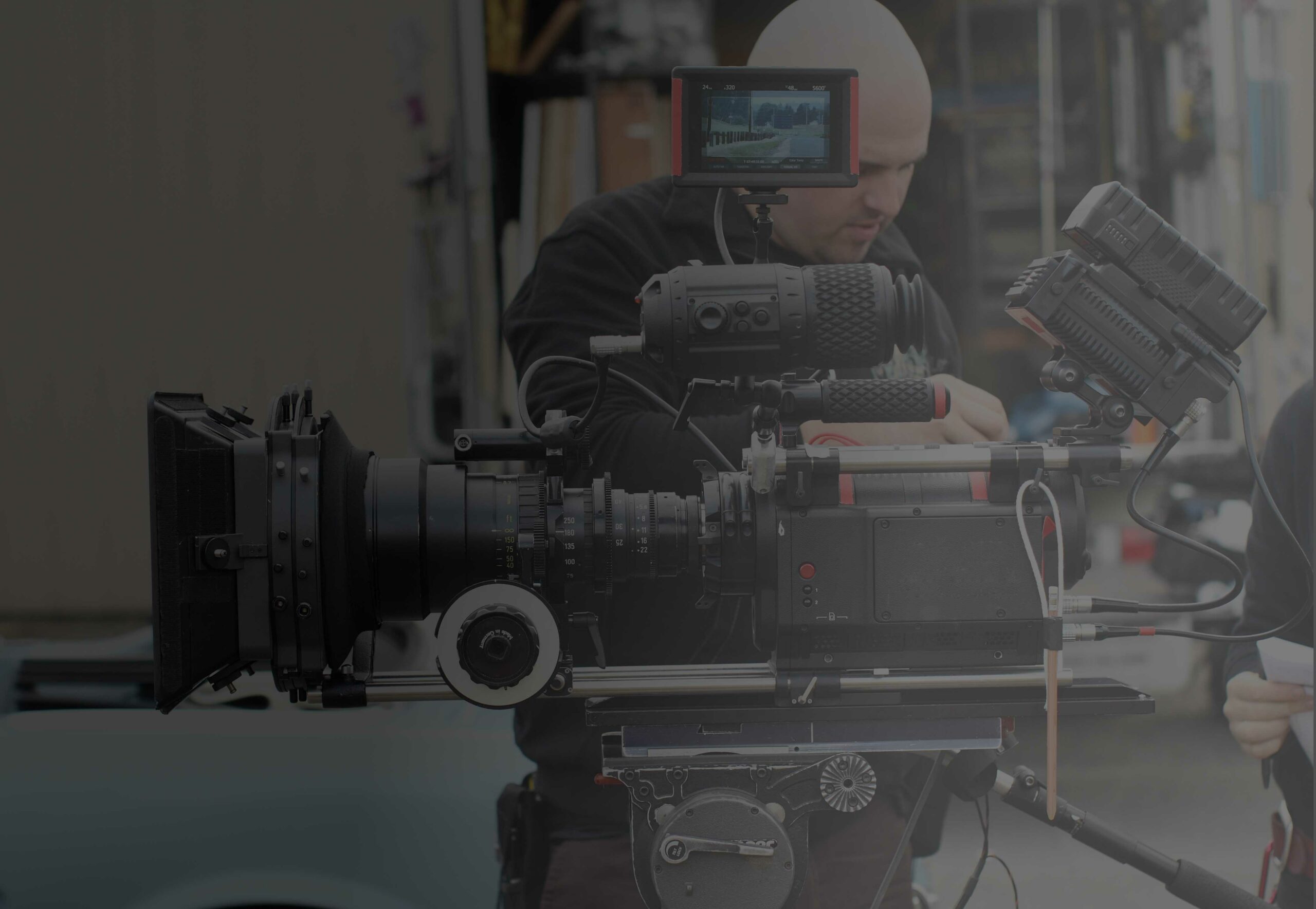CAREER PROFILE: MAKEUP ARTIST JACK PIERCE
In the early days of the movies, before there was such a thing as film school (let alone schools for makeup artists), people in film learned their trades by doing them. By the same token, certain jobs in film did not have specialized people doing them—people just did what needed to be done. In the earliest days, actors did their own make-up, then did make-up for each other, and eventually a specialized job evolved. Make-up artist Jack Pierce (1889-1968) was one who set the standard in the early days of film, and showed future make-up artists just what was possible with a little ingenuity.
An immigrant from Greece, Pierce went to work in cinema, doing all sorts of different jobs, including stunt work, cinema managing, even a little acting. Eventually, he wound up doing make-up for other actors, and his creativity eventually got him on staff full-time at Universal Studios. During the 1930s and 1940s, he found a niche doing monster make-up, beginning with designing a special greasepaint for Bela Lugosi as Dracula, and growing from there. Using out-of-the-box techniques pre-dating foam and latex molds, Jack Pierce is credited for creating the iconic monster make-ups for The Mummy, The Wolf Man, and most famously, Boris Karloff’s character in Frankenstein. His techniques sometimes took hours to apply (the Wolf Man character required yak hair to be systematically glued to the face, for example), but for those actors who were willing to undergo the process, Pierce’s work helped to turn them into movie icons.
A lot has changed for the film industry since those days, as well as the process of make-up artistry. There are now schools where you can study make-up for film, if you desire, while in Pierce’s day such schools were non-existent. However, the basic premise behind the artistry has remained the same: experience, innovation and creativity can easily trump education. Jack Pierce’s techniques are today well outdated, but his creative way of thinking set a standard in place for make-up artists that remains to this day. The ability to create a special “look” must sometimes bypass formulas, and the best make-up artists are those people with a steady hand and a creative mind who can invent a solution when one is not readily apparent.
For this reason, one other thing that has not really changed much since the early days is that there still is no set path to become a make-up artist. School is there if you want it, but it is not required. Just like in the days of make-up artist Jack Pierce, people get into this job through a variety of methods, even by working other jobs on the set.



